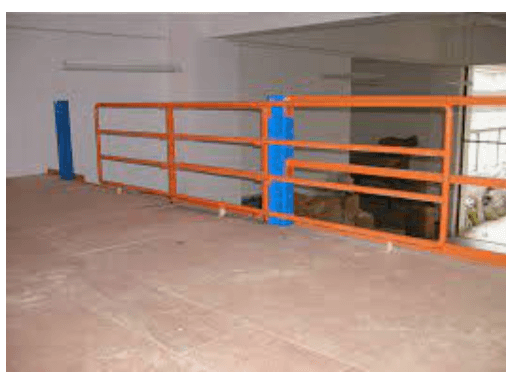Why You Should Use a Plywood Mezzanine on Your New Floor
Commercial buildings have always taken up a significant chunk of the flooring market and an even more considerable portion of mezzanine flooring. The U.S. Green Building Council introduced the LEED Certification in 1993, but its importance only came to light in 2016. From then on, the idea of plywood mezzanine floors has become much more widespread.
There are several material options that warehouse mezzanine floors can be built from, each with its own set of pros and cons. However, for LEED certification, the floor should be made out of recycled content.
While steel flooring panels are incredibly robust – much more than plywood mezzanines, proving that the steel is recycled is extremely difficult, unlike plywood. The same goes for concrete mezzanine flooring. It is more enduring, but it might not be the best solution for industrial mezzanine decking.
Here, we shall look at some of the benefits offered by the plywood mezzanine to your new floor.
Benefits of Plywood Mezzanine for Warehouses
Lightweight
One of the most important considerations with mezzanines is that of weight. Corrugated steel or concrete has an average weight of at least 45lb per sq. foot – more if you make your floor thicker. On the other hand, a ½ sheet of plywood weighs 1.42 pounds per sq. foot, which is about 99% lighter than the two.
Even if we go for warehouse mezzanine flooring with a 1 1/8” plywood floor, it weighs just 2.64 pounds per sq. foot. Hence, you don’t have to sacrifice quality or the storage capacity per square foot.
Cost-Effectiveness
Plywood is much lighter than its counterparts, meaning that fewer support structures are needed as wood floor systems are so much lighter, they’ll need far fewer support structures. Every steel beam under the plywood mezzanine floor costs $6 to $20 per linear foot.
This results in saving you thousands of dollars. The bigger your floor, the more you save.
Quicker Installation
Construction delays can be a nightmare for you and your contractors.
Depending on the drying process, installing a concrete mezzanine can take several weeks to a month or two. Steel mezzanine floors are relatively quick to install since there is no drying time involved, but welding everything together may take a while.
Plywood mezzanine floors, on the other hand, are screwed and nailed together. It usually takes about a week or two at most to set up. The best part? You get to use your floor immediately!
Choosing the best mezzanine floor is extremely important to ensure streamlined processes and cost-effectiveness. Remember, when installing a floor takes long, it impacts your processes and causes your clients to wait.
Find the right solutions for your operations. Call us at Industrial Products Plus (IPP) and get a free quote for your Warehouse and Material Handling Solutions.

